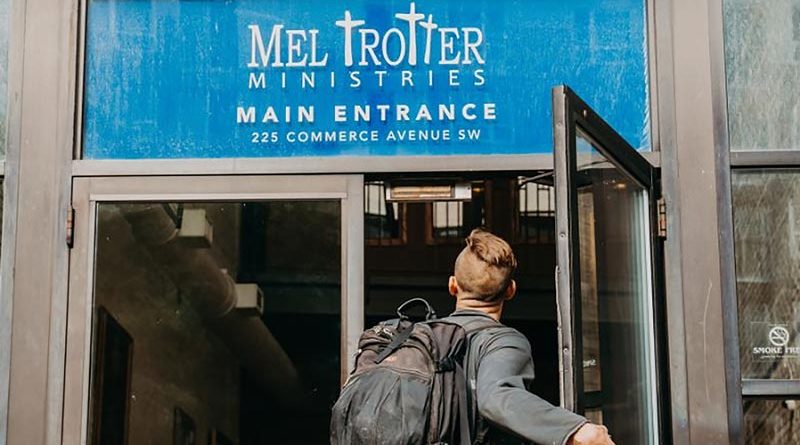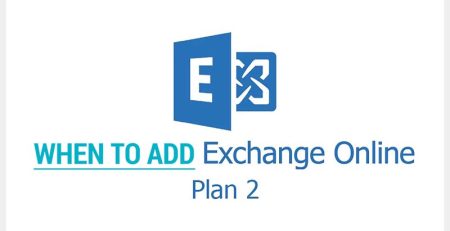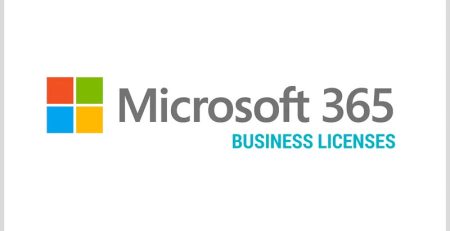Mel Trotter Enjoys Flexibility with Co-managed IT
A managed service client since 2018, Mel Trotter Ministries is a rare case for the technology division of Hungerford.
On top of the Grand Rapids-based organization’s status as a nonprofit, Mel Trotter manages frontline end-user IT support, a job normally outsourced to Hungerford by its clients. In this scenario, Hungerford is an escalation point for Mel Trotter, solving the organization’s more challenging issues if necessary.
Thanks to a partnership with Davenport University, Mel Trotter has a team of generally two to three interns who handle the day-to-day operations of a typical support desk. These tasks include troubleshooting computer issues or helping employees access locked accounts.
Davenport pays the undergraduate students as part of their internship, and Mel Trotter offers students real-world experience working in IT.
“It’s great for us because, obviously, as a nonprofit, we’ve got to keep our costs as low as we possibly can operations wise, so we can continue to provide services at as high a level as we possibly can,” said Matt Stone, who has been senior director of technology for Mel Trotter since 2019. “It gives some students that want to get into the tech world a peek into what that looks like when it comes to day-to-day operations.
“You get in, but then you also have the opportunity to grow and help shape things here, too, in a way that you might not coming into another low-level, entry-level IT job somewhere else. There are benefits all the way around.”
In addition to Stone and his interns, Mel Trotter also has a couple of full-time IT employees. Besides Stone, every IT employee first interned with Mel Trotter before working for the nonprofit full time.
Co-managing Offers Adaptability
When Mel Trotter started co-managing with Hungerford six years ago, it outsourced the support desk to the MSP. Eventually, the nonprofit realized having a small team of interns helping with frontline tasks offered the organization more flexibility in implementing new ideas and services that would take time to implement if Hungerford still covered the support desk.
Mel Trotter’s in-house IT team has a deep familiarity with the organization, whereas an MSP like Hungerford will have broad expertise across many industries. Combining the two offsets the weaknesses of each strategy, improving the overall IT support for the organization.
“For us, I think we needed a little bit more buy-in from somebody who’s got their hands on the tech in the building,” Stone said, “so that way when somebody shows up with a great idea on Monday that says, ‘Do you think we can get this up and running in the next month?’ we don’t have to spend two weeks of time defining the project, laying out the workflow and the scope of the project.
“We can focus our main efforts on front-line support, end user happiness and a lot of those things, and use Hungerford as a really good partner to help us build out the back ends and build out the other things the end users don’t see.”
“Stone says his experience with Hungerford has been positive, noting the MSP excels in freeing up time for his team to cover the day-to-day operations while Hungerford covers the back end, larger-picture stuff.”
Some of those back-end tasks handled by Hungerford include patch management (keeping software updated to protect against security vulnerabilities) for both Mel Trotter’s computers and server; lifecycle planning (tracking when computers, servers, switches, routers, etc. will need to be replaced); budgeting and roadmapping (discussing current and future IT goals); and least privilege permissions (ensuring Mel Trotter employees only have the Windows permissions necessary to do their job and nothing more).
If there is an issue Mel Trotter’s team of interns cannot solve, the ticket will get escalated to Hungerford’s support desk. This ability to escalate tickets allows Hungerford to function as a safety net for Mel Trotter, meaning it isn’t burdened with solving every IT issue that comes its way.
“I think it’s always nice to have somebody kind of watching your back,” Stone said. “It definitely brings some relief to know you’re not just on an island out there by yourself.”
There certainly are challenges that come with co-managing IT. It requires constant communication between the organization and MSP, which can be difficult when an IT team is split between two organizations.
Stone admitted it is a challenge that Hungerford has other clients and can’t focus all its time on Mel Trotter. Despite that challenge, he said his experience with Hungerford has been positive, noting the MSP excels in freeing up time for his team to cover the day-to-day operations while Hungerford covers the back end, larger-picture stuff.
“That’s one of the things I really appreciate is that I’ve seen Hungerford really show a desire to not be static in the services you are providing,” Stone said. “To not just sit there and be content. I’ve seen a real desire to say, ‘What’s the industry doing? What’s good? What’s bad? What can we do better? What can we get rid of that’s not working well?’
“I think the experience is positive. … There’s definitely value added there even in the advisory component of it.”
Co-Managed IT Services in Grand Rapids
Interested in adding a “safety net” for your in-house IT team with an MSP that can navigate the extra complexities of co-managed support? Contact us here to see how we can help keep your business running smoothly while increasing security, productivity and profitability.











